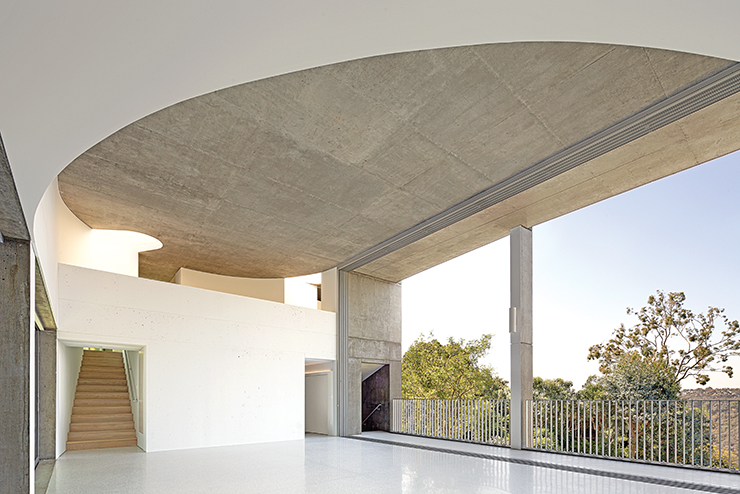
Before Sharon Johnston and Mark Lee, founders of the architecture firm Johnston Marklee, were selected to be the artistic directors of the second Chicago Architecture Biennial, they established their reputation as leaders in the field with their seminal Hill House of 2004, in Pacific Palisades, California. It was among the earliest of a series of structures achieving maximum drama with minimal effect.
Now, they are succeeding Sarah Herda, director of the Graham Foundation for Advanced Studies in the Fine Arts, and architect and curator Joseph Grima, artistic directors of the inaugural biennial in one of the world’s architectural meccas.

For the theme of the first event, Herda and Grima chose “The State of the Art of Architecture,” leaving their successors with the challenge of following such a wide-ranging subject. “I thought the success of the first one had to do with generally casting this wide net and doing a survey of a lot of new practices,” says Lee in the bright-white, briskly efficient conference room of his and Johnston’s Los Angeles-based studio. “A lot of sub-themes were happening in the first one, and we see our role as artistic directors of the second one as perhaps consolidating one or two of the sub-themes and taking it further. Sometimes it’s good not to think of the biennial as a single moment, but perhaps a few biennials together are a good barometer of decades of work. So in a way, we see the second one very much as a continuation of the first.”
Specifically, Johnston and Lee have been thinking about two directions to their approach for the fall 2017 iteration. “The first one has to do with the relationship between history and modernity in architecture,” says Lee. “More and more we see a new generation of architects who have a different relationship with history, a different way of looking at precedence, and more of an interest in building up a work that is about continuity with things that happened before, as opposed to these one-off things that look imported from somewhere else.”

Lee continues, “The second category is the relationship between art and architecture. The boundaries between the arts are melting. A lot of artists are multimedia, so certainly architectural and physical space that one can inhabit also exists in the realm of art. There is more and more crossover between the disciplines. We see also the changing nature of public space and public art.”
Both directions are concepts that have occupied Johnston and Lee over the lifetime of their partnership. “There’s a quote that Sharon and I always come back to. It’s by Ed Ruscha when he was referring to an effect that he tries to solicit from the audience of his paintings, which is, ‘Huh? Wow!’ This is something that always fascinates us.” The comparison to Ruscha is apt. All three appear capable of achieving virtually infinite variety of form with a minimal array of elements. It is what Lee has once identified as “generic specificity.”

“Often it is inevitable to react against the generation right before you, which we respect a lot and was a trailblazer for the L.A. architecture scene,” says Lee. “But it is a lot of geometric gymnastics, a lot of exuberance, and it screams out for one’s attention. The best of those works are still very good, but sometimes with the people who follow that direction it’s always, ‘Wow! Huh?’ We feel that is not a viable way for a mature city to have good architecture. We need strong background buildings, not just the one percent of iconic buildings.”



